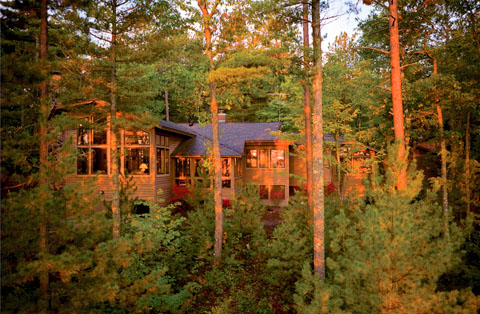
Construction Loan Basics
For many log, timber frame, or hybrid homeowners, the most daunting task in completing the purchase or construction of their ideal residence is dealing with financing. Although economic pressures have weighed on the market and banks have often been described as reluctant to lend, even during the best of times obtaining a loan for a log, timber frame, or hybrid home requires planning, patience, and understanding of the necessary steps.
While the processes of financing conventional and log, tim
